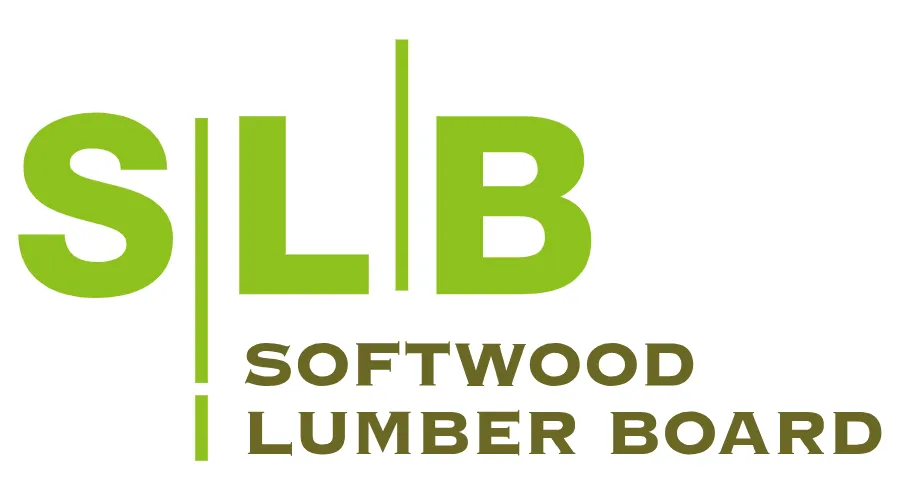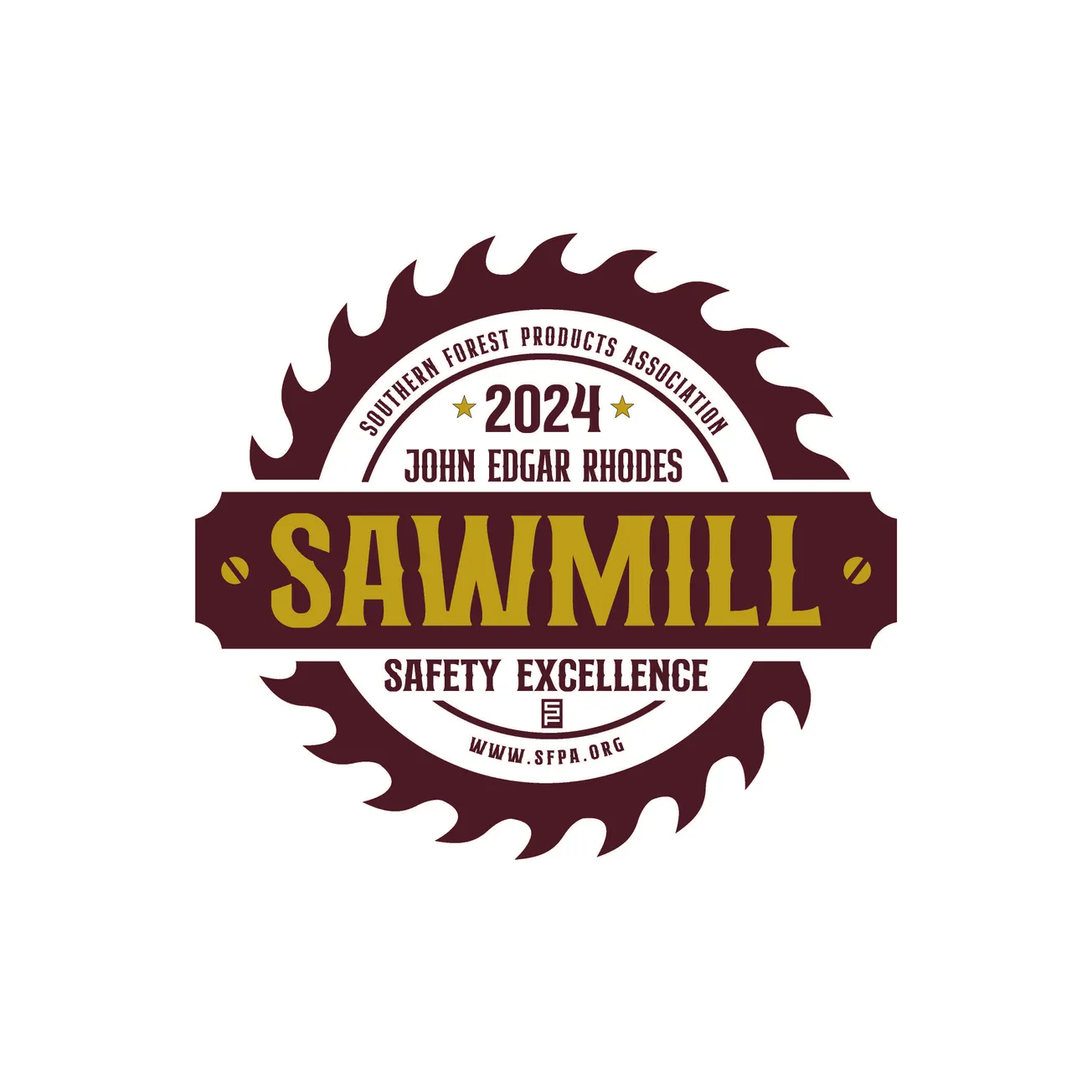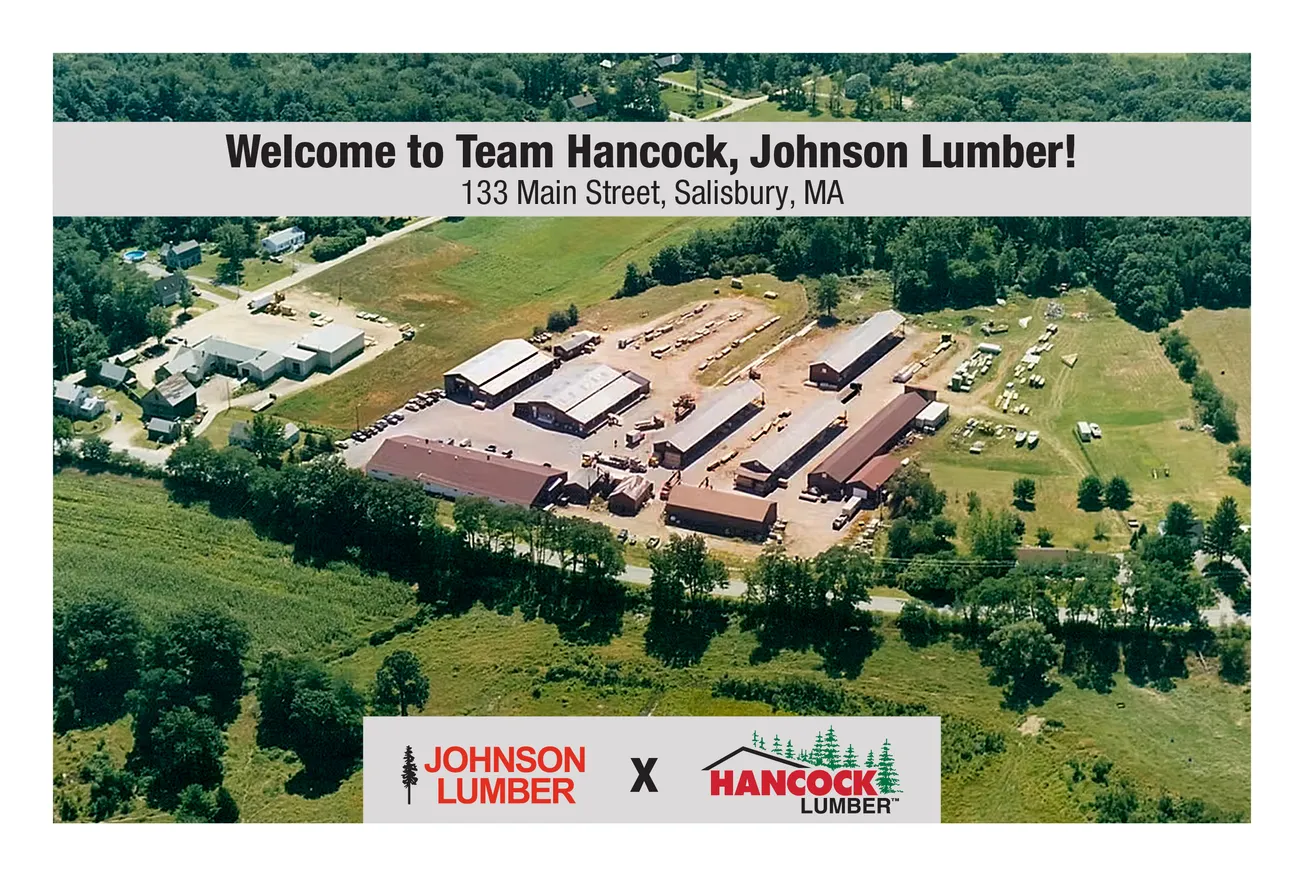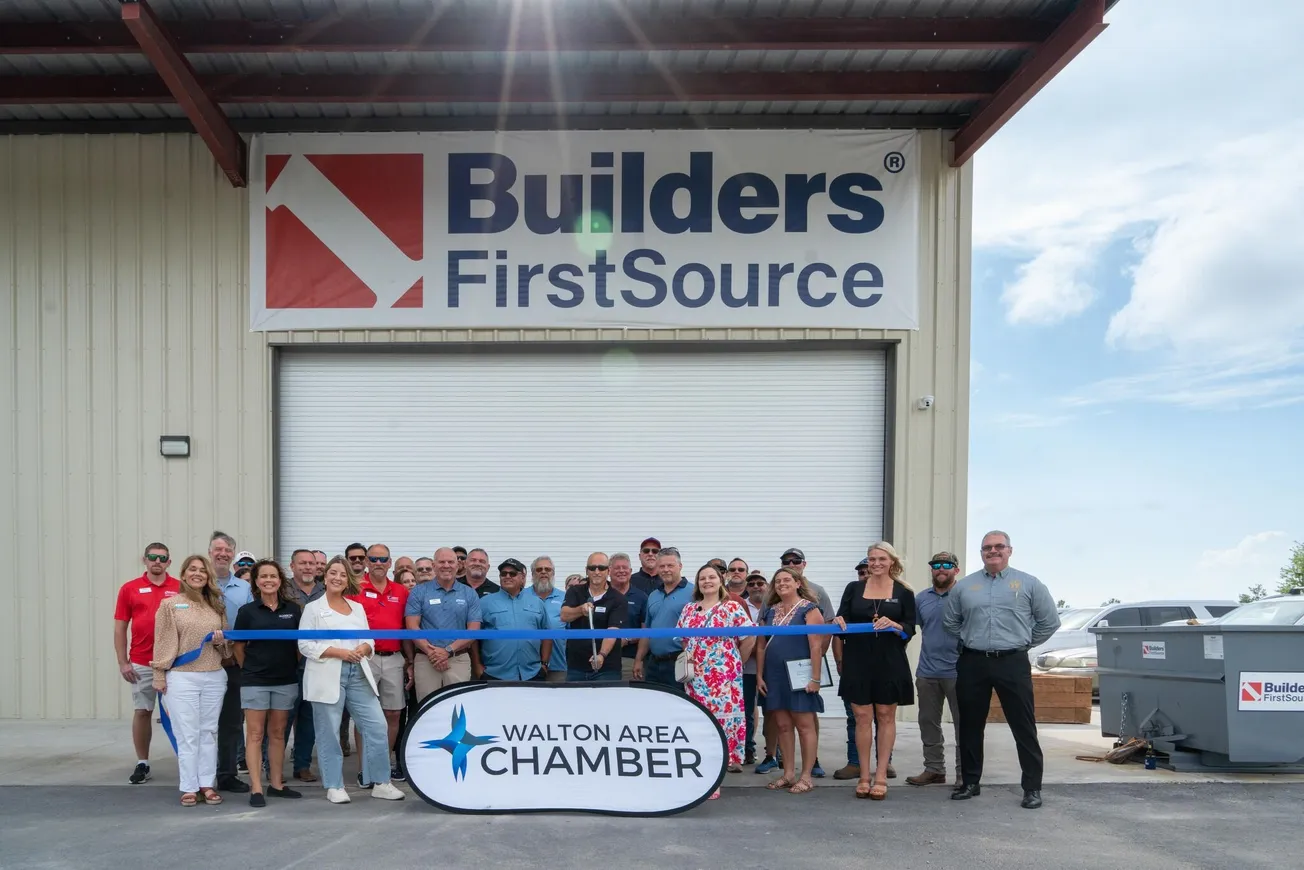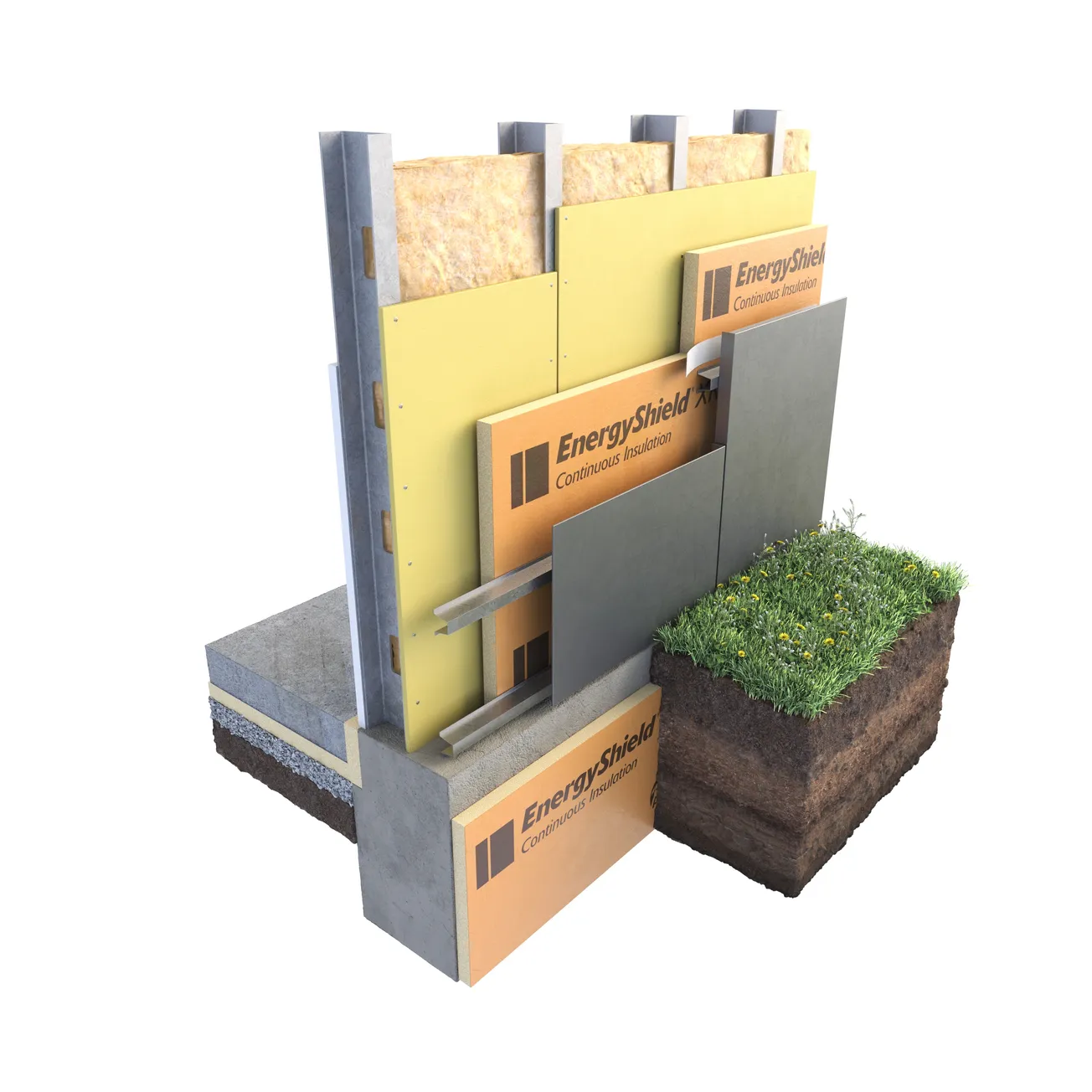Table of Contents
Eligible project teams are encouraged to submit proposals for the 2025 Mass Timber Competition: Building Sustainable Schools, funded by the Softwood Lumber Board (SLB) and the USDA Forest Service, with support from the Center for Green Schools (CFGS) at USGBC and WoodWorks.
This year’s competition will award funds totaling $1.8 million to support projects that accelerate the pace of mass timber adoption in the United States, specifically in the K-12 learning environment. The competition entry deadline is January 13, 2025, and results will be announced in June 2025 at the AIA Conference on Architecture & Design.
“The enthusiasm generated by the previous years’ Mass Timber Competitions provided new evidence that the architecture and construction community is implementing mass timber as a path to market differentiation, building performance, and decarbonization,” said Cees de Jager, president and CEO of the SLB. “This latest iteration of the competition will encourage exploration of wood in learning spaces designed for well-being, design excellence, resilience and reduced carbon impact.”
Eligible projects must be located within the United States and be a K-12 educational project including, but not limited to, classrooms, libraries, athletic facilities, offices, resource centers, portable classrooms, daycare facilities, and vocational centers. Eligible applicants include for-profit building organizations registered in the U.S. including architects, engineers, owners, general contractors, and manufacturers; not-for-profit organizations incorporated as a not-for-profit corporation or society formed in the U.S. such as trusts, religious bodies, and associations; U.S. local government entities such as public school districts, cities, counties, and states; and Native American tribal governments and organizations.
“Adopting a renewable construction system empowers schools, students, teachers, and districts to model positive change for sustainable, resilient, and thriving communities,” said Anisa Heming, director for CFGS. “We encourage districts and other education entities to consider this unique funding opportunity to explore mass timber for their building projects.”
Applicant teams may apply for a funding amount that is appropriate to the project, but no higher than $500,000. Funding priorities for eligible projects include project size or complexity, replicability, and the likelihood of construction with a clear path to completion. Award recipients will agree to share cost analyses, life cycle assessments, post-occupancy biophilic studies, and other information about their project with the broader design and construction community to encourage and support other mass timber teams.
A judging panel representing the fields of education, architecture, engineering, construction, and sustainability will select the competition finalists based on their demonstration of biophilic design, carbon reduction strategies, and construction cost savings. Preference will be afforded to projects that commit to using domestically harvested and manufactured mass timber. The CFGS will assist with outreach to the education community. WoodWorks, a non-profit staffed with structural engineers, architects, and construction experts, will conduct the technical review of entries.
The Softwood Lumber Board (SLB) is an industry funded initiative established to promote the uses as well as the environmental and economic benefits of softwood lumber products. Programs and initiatives supported by the SLB, including American Wood Council, Think Wood and WoodWorks, focus on increasing the demand for lumber products in the United States.
The USDA Forest Service has brought people and communities together to answer the call of conservation for more than 100 years. Grounded in world-class science and rooted in communities, the Forest Service connects people with nature and to each other. The Forest Service cares for shared natural resources in ways that promote lasting economic, ecological, and social vitality. 193 million acres of national forests and grasslands contribute more than $13 billion to the economy each year through visitor spending alone. The Forest Service also maintains the largest forestry research organization in the world and assists state and private landowners, helping to steward about 900 million forested acres in the U.S., including 130 million acres in urban areas, which most Americans now call home.
WoodWorks – Wood Products Council provides education and free technical support related to the design, engineering, and construction of commercial and multi-family wood buildings in the U.S. A non-profit staffed with structural engineers, architects, and construction experts, WoodWorks has the expertise to assist with all aspects of wood building design.
The Center for Green Schools (CFGS) at the U.S. Green Building Council (USGBC) is a global leader in advancing green schools and providing the resources needed to create sustainable, healthy, resilient, and equitable learning environments. CFGS is driving the green school movement by working directly with those implementing sustainability within school systems and offering a wide array of initiatives that accelerate action.

